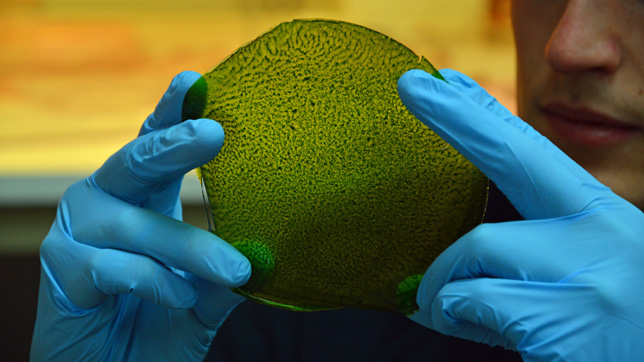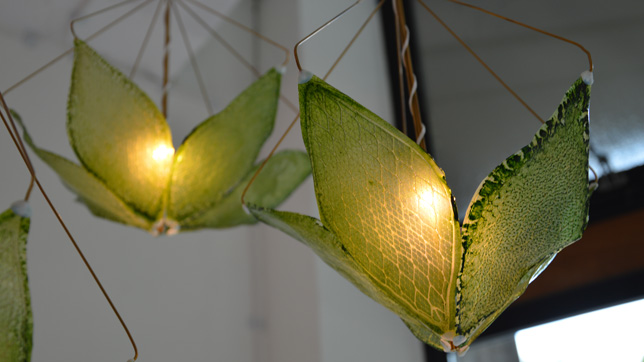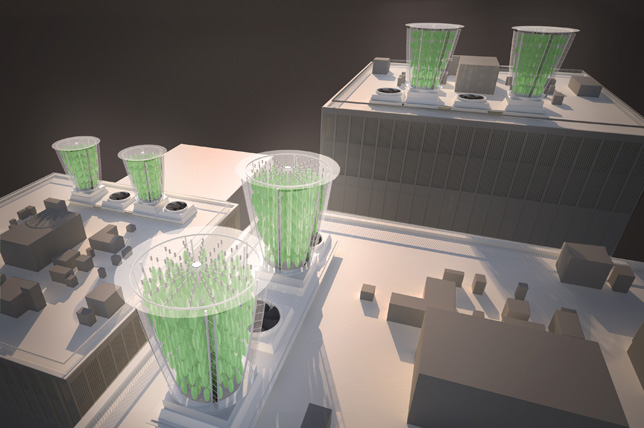Julian Melchiorri, a graduate student at the Royal College of Art, may very well have developed the singular technology astronauts need to further how far and long they can travel out into space. He created the world’s first ever man-made biological leave that takes in carbon dioxide, water, and light, and releases oxygen.

The leaf is made of up chloroplasts, the part of the cell wherein photosynthesis takes place, suspended in a body make of silk protein.

“This material has an amazing property of stabilizing (the chloroplast) organelles,” Melchiorri explained in interviews last year, when his project was first posted. “As an outcome I have the first photosynthetic material that is living and breathing as a leaf does.”
Beyond the aforementioned impact on space travel, this leaf could make space colonization a reality; rather than figuring out how to work Martian dirt to get trees to grow, Melchiorri’s leaves could be “planted” all throughout the inside of a colony’s dome to provide its residents with clean, breathable oxygen.

“Plants don't grow in zero gravity,” Melchiorri said. “NASA is researching different ways to produce oxygen for long-distance space journeys to let us live in space. This material could allow us to explore space much further than we can now.”
Melchiorri developed his Silk Leaf project as part of the Royal College of Art’s Innovation Design Engineering course; it was completed in collaboration with Tufts University silk lab.
“The material is extracted directly from the fibres of silk,” he explained. “This material has an amazing property of stabilizing molecules. I extracted chloroplasts from plant cells and placed them inside this silk protein. As an outcome I have the first photosynthetic material that is living and breathing as a leaf does.”
Beyond space travel, Melchiorri said that he also sees his design being used at a much larger scale.
“It could [also] be used for outdoor applications,” he says. “So facades, ventilation systems. You can absorb air from outside, pass it through these biological filters and then bring oxygenated air inside.”


Listen to Machiorri explain his Silk Leaf project in more detail via the video below:
Story via dezeen.com
Advertisement
Learn more about Electronic Products Magazine





